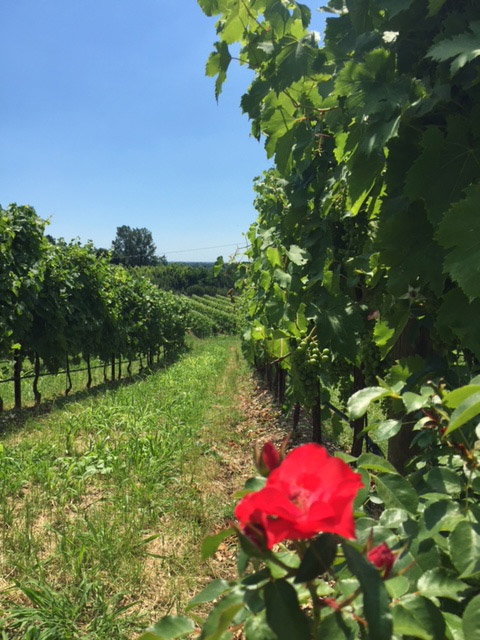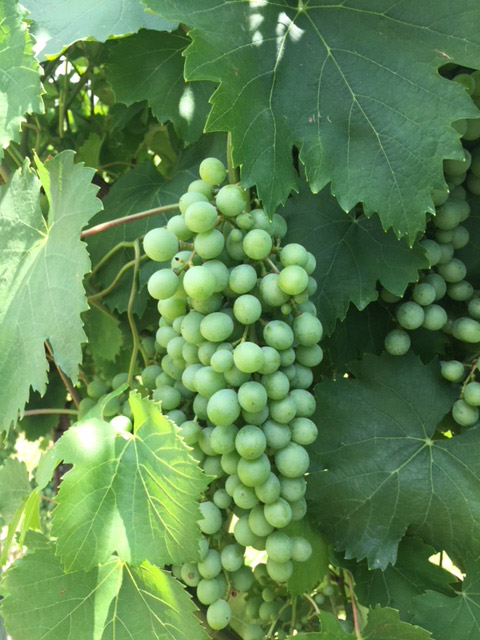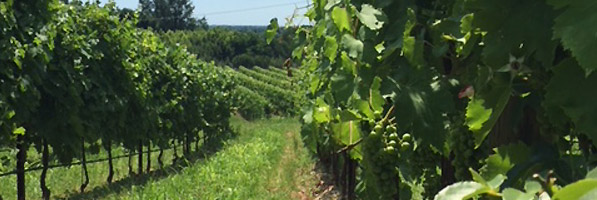
The reproductive cycle of the vine fruit takes place from February to September. During these months environmental conditions (climate, weather, humidity, soil, irrigation) influence the formation of the grape.
For this reason, experience, knowledge and study must always be brought into play to improve the organoleptic qualities of the grapes when nature has been less than generous, for example during a season with too much or too little rain.
Grape growth in the Salatin vineyards

This year our vineyards have given us a particularly positive fruit set, as our plants of Verdisio, a variety of white grape IGT (Typical Geographical Indication of the Colli Trevigiani) show.
Veneto is a particularly “turbulent” region from a meteorological point of view, with sudden snowfalls or hailstorms alternating with periods of drought, which is also why the growth of the grapes this year is really flourishing.
Vine flowering
Flowering is a 9 to 21-day phase in which sunshine and temperature are crucial.
The grapevine flowers are grouped in inflorescences and arranged in an upward facing cluster.
Fertilisation between a male and a female flower* takes place heterologously (the pollen in the male flower fertilises the female flower), anemophilically (carried by the wind) and entomophilically (by pollinating insects such as bees).
Fruit set: the growth of the cluster
Fruit set is a fundamental phase in the biological life cycle and is the period when fertilised flowers become fruit (the berries).
The temperature, climate and nutrients in the soil on which the plant feeds are important for correct growth.
From this moment on, the clusters begin to grow and rotate vertically.
Veraison in the vine: colours in the vineyards
Veraison is the phase in which grape berries develop and acquire their colouring, which differs according to the variety of vine. Until this moment, all the berries are green, then they take on a yellow or red hue. The pulp increases in size, while the skin and seeds remain unchanged, and the berries begin to grow so large that they touch each other.
Ripening, or rather the perfect preparation of the grape
The ripening period is completed when the grape grows in weight and volume, sugars (fructose and glucose) accumulate, acidity is reduced, the pH is increased, and the consistency of the grape becomes elastic.
In this phase aromatic molecules – aromas – obtained among sugars, acidity, aromas present during ripening (aroma of peach, raspberry, orange blossom, ….) accumulate.
The cluster is now ready to be harvested and transformed into wine.
* some varieties of grapes have hermaphrodite flowers as well as staminiferous (functionally male) or pistilliferous (female).


